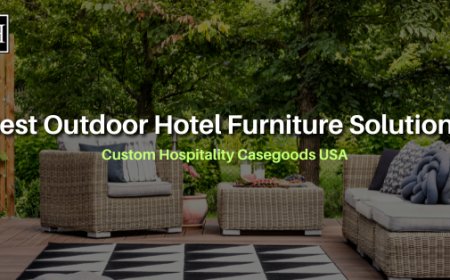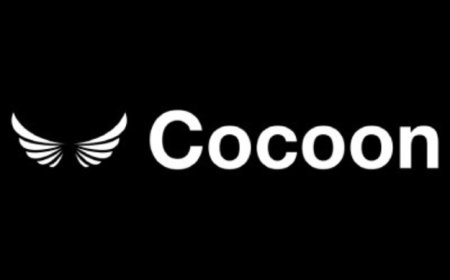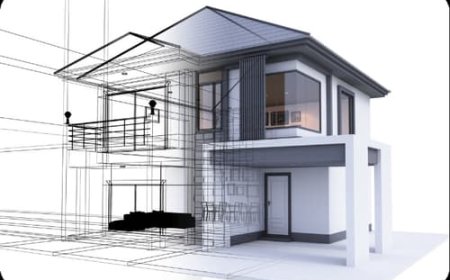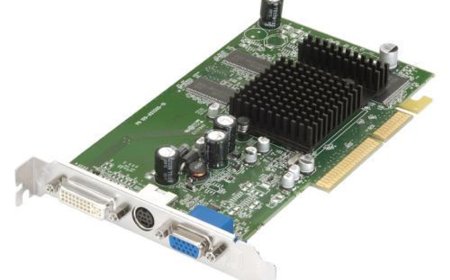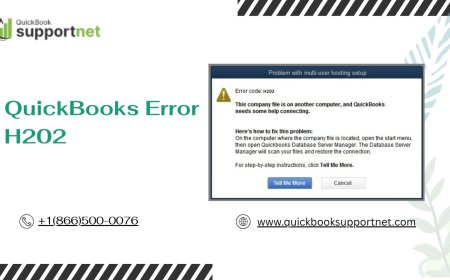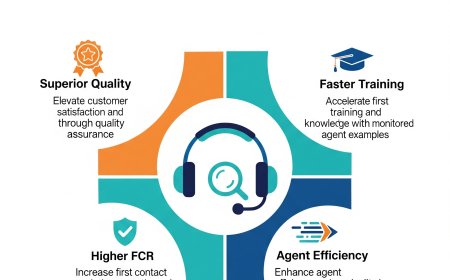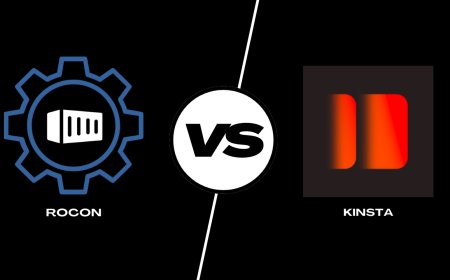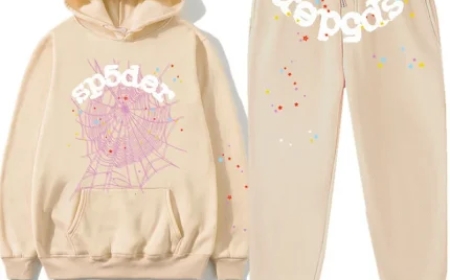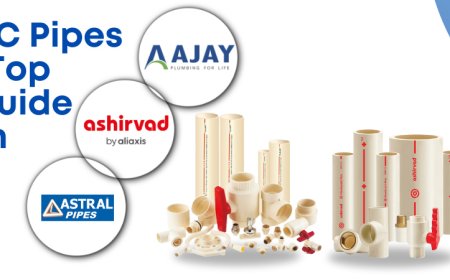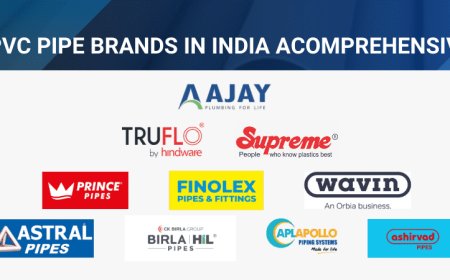How to Design the Perfect Custom Deli Paper for Your Brand
Before creating your custom deli paper, it is necessary to know its main purposes. Aside from ensuring that food is kept safe, it is also used to present food for serving, and in narrating the story of your brand.

Custom deli paper is not just a wrapping foodit's a branding statement. From meat and pastry sales to sandwich sales, customized deli paper can enhance the customer experience and make your product stand out. As a packaging solution, customized deli paper offers both form and function, leaving a lasting impression without compromising freshness and presentation. When well-planned, deli paper works as a silent brand ambassador, communicating your values, style, and professionalism. From relaxed cafes to high-end butcher shops, custom butcher paper and deli wraps provide companies with an easy, eco-friendly, and effective means to improve branding and service.
Knowing the Purpose Behind Custom Deli Paper
Before creating your custom deli paper, it is necessary to know its main purposes. Aside from ensuring that food is kept safe, it is also used to present food for serving, and in narrating the story of your brand. A grease-proof sheet with your branding speaks volumes immediately and speaks of quality and precision. It sends a quiet message of professionalism to the customer that every detail counts, no matter how insignificant. Whether it's wrapping a sandwich, pastry, or a burger, this humble material is your food's first impression on the customer.
Custom deli paper also plays a vital role in establishing the ambiance of your brand. The casual brands may have bold playful graphics, while artisan or organic stores may have simple earthy color palettes. Custom butcher paper with earthy textures and stylized logos may be appropriate for butcher shops or barbecue restaurants to communicate heritage and handwork. Besides aesthetics, branded deli paper provides a cohesive visual impression at all consumer touchpoints, from dine-in in-store to takeout. When packaging aligns with your brand tone and values, it helps build trust and aids in establishing long-term brand loyalty.
Choosing the Appropriate Material for Your Brand's Needs
The choice of the appropriate material for your own custom deli paper is an influencing factor that impacts both function and appearance. There are several options depending on food type, presentation requirements, and sustainability desires. Waxed paper, for instance, is suitable for moisture shielding, while kraft paper is more organic, environmentally friendly in texture. Oily or grilled food restaurants might desire using customized butcher paper, which is heavier in composition and enhanced grease resistance. Your material should find middle ground between durability, texture, and brand identity.
Custom butcher paper will often have a more coarse, rough textureperfect for BBQ joints, meat markets, and delis serving sandwiches. White or natural kraft custom deli paper is perfect for cafes, bakeries, and gourmet food businesses desiring a cleaner, softer appearance. No matter your market, the paper has to be food-safe, FDA-approved, and printed using soy-based or water-based inks to remain compliant and reduce environmental traces. These small material decisions affect not only customer perception but your brand's ecological footprint.
By positioning your material in line with your food items and brand objectives, you are able to design packaging that is intended to feel considered and intentional. A well-chosen deli paper becomes part of the product identity, contributing texture and visual depth to the customer's sensory experience while serving its primary protective purpose.
Using Brand Elements in the Design
The ideal custom deli paper design has crisp, recognizable brand elements. Start with your logobe bold, but not flashy. Positioning and duplication are vital here. A light, repeating image of your logo or slogan ensures that your branding is visible regardless of how the paper is folded or cut. You can also incorporate secondary design elements like icons, brand colors, taglines, or even custom illustrations representing your product offerings or business principles.
Typography is also crucial to design a memorable look. The typefaces you use should also match your existing branding. For example, heavy sans-serif fonts can give a industrial clean look that would suit custom butcher paper perfectly, while refined serif fonts or handwriting fonts are ideal for upscale bakeries and cafes. Be mindful of spacing, size, and ink usage so the design will be clean, readable, and printer-friendly irrespective of size.
Consistency is key. Your own custom deli paper design needs to be in harmony with your menus, signs, website, and social media. If all of these share the same visual vocabulary, it stimulates brand recognition. Black-and-white simple designs can be a powerful impression when well-considered. Wrapping hot subs or raw meat, branded paper gives every package a professional, branded touch that makes food a sharable, rememberable product.
Balancing Aesthetic and Functional Design
While visual design is paramount, functionality can never be sacrificed. Specialty deli paper needs to perform well in the same environment where it will be used. This means that it should not make the ink bleed on greasy foods, the paper to tear easily, and lose the design when exposed to moisture or heat. It's worth testing how your design prints with different foodsespecially when printing using darker inks or highly saturated colors. Too much ink coverage on specialty butcher paper can affect the breathability and even change the look of the food.
Think about how your paper will be wrapped, folded, or presented. A focal design may work for one-item wraps, but an all-over design works better for big deli sheets or combination trays. Design so it can accommodate various folding methods without covering up essential branding. Also, balance the white space with the graphicsone too busy looks sloppy, and one too vacant looks unfinished.
Function also extends to usage and storage. Your specialty deli paper must be sized for standard prep stations or dispensers so that it's easy for employees to access during peak service times. When form and function come together, you have packaging that is both beautiful and operating efficiently on the job. A well-balanced design provides visual punch without compromising functionality, reminding your customers of your brand with every order easily and elegantly.
Printing, Sizing, and Scaling for Growth
Once your design has been completed, the choice of printing method and sizing plan is equally important. Flexographic printing is commonly used in large volumes of customized deli paper, offering cost savings and speedy production. Where small orders or designs with complex colorations are involved, digital printing could be a better alternative. Be sure to inform your supplier of intended usewhether it's for custom butcher paper in a meat market or deli paper for a sandwich deliso they can recommend the best finish and type of ink.
Size is important, particularly as your brand grows. Be thinking about providing several sizes of your custom deli paper to accommodate various portions or products. Smaller sheets would be wonderful for wrapping cookies or muffins, and the larger formats for deli trays or burger packages. Brands with custom butcher paper tend to require rolls rather than sheets, particularly for wrapping larger product items or creating serving trays linings. Standardizing these sizes upfront saves from waste and streamlines ordering later on.
As your business grows, quality print consistency and supply become increasingly important. Having an ongoing relationship with a reputable printer gives the confidence that your custom deli paper will portray your brand as your business expands. Investment in bulk printing can also reduce cost per unit and improve inventory planning. Your goal is to design a paper product that will be able to develop with youmeeting your packaging needs today while flexible enough for subsequent menu, volume, or marketing plan changes.


